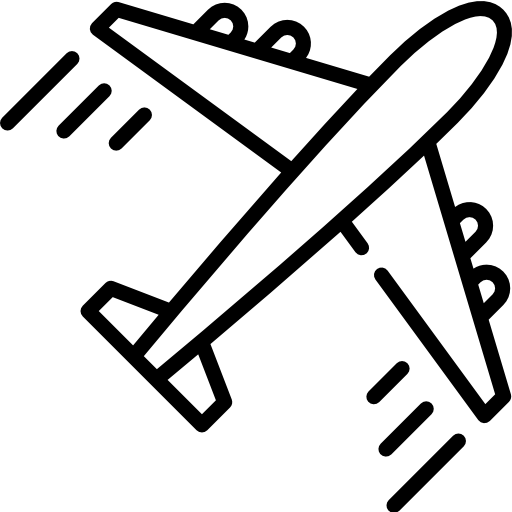Virtual reality has not only been applied to entertainment purposes but also to most multinational organizations in their training processes. One such organization that is making huge steps in this regard is Emirates. With its integration into Emirates’ training sessions, it is expected that VR training will improve the level of competence and increase knowledge about safety among cabin crews.
More recently, Emirates unveiled MIRA, an immersive learning platform, to train 23,000 cabin crew professionals, quite bold to keep up with their expansion goals and show the real power of VR in the aviation sector.
Why VR Training Is a Game-Changer in Aviation
With training, the singular advantage of virtual reality is that it exposes the employee to realistic scenarios without exposing him or their equipment or operations to risk. Safety and emergency procedures form a very important part of aviation training.
At Emirates, the training of cabin crew in emergency procedures, such as the operation of doors or in-flight firefighting, is first practiced in a safe and controlled environment using VR.
This is such training that, in a traditional setting, would have meant shutting down operational facilities or running the risk of damaging expensive equipment. These are concerns minimized with VR. The trainees are completely inside a digitized version of their workplace, which allows them to focus on their tasks without diversion.
How MIRA Scales Training Efforts
With an order for 315 aircraft in addition to plans to double its cabin crew to 30,000 by 2030, Emirates needed a solution that would scale rapidly. MIRA, a platform featuring virtual reality training, allowing self-directed immersive learning. This means new hires and veteran professionals alike will hone their skills through 3D virtual hubs emulating several aircraft interiors, such as the Airbus A380, Boeing 777, and Airbus A350.
MIRA can thus accommodate up to 10 trainees in a single training session, as it would in real life, to manage as a backup crew. Multi-user training translates to one-on-one training since both new recruits and more experienced members are brought together to improve teamwork and coordination.
The Emphasis is on Safety and Efficiency
In fact, special emphasis is always placed on SEP training when life-critical situations, which include the operation of aircraft doors and in-flight firefighting, are involved.
Operations of these kinds require precision; hence, cabin crew can practice certain procedures in VR any number of times without any real-life consequences. What is more important, with the necessity of sending the company’s crew for recurrent SEP training, is a scalable solution able to offer repetition and maintain affordability without sacrificing either safety or business objectives.
Empower the Trainers and Mentors Through MIRA
The benefits of MIRA are not limited to the trainees alone; the mentors and the trainers have much to gain therein. MIRA’s Teach, Practice, and Assessment modules engage trainers in mentoring large groups of people through crucial tasks with much flexibility in how and when the training occurs.
This will again imply access, irrespective of whether he is near the training facility or working from some other location using a VR headset or even through a 2-D version on a mobile gadget, laptop, or desktop.
The Cost Reduction and Physical Training Facilities
One of the key benefits that MIRA will provide for Emirates’ training routine is that it decreases the overall demand for facilities and other equipment that are required for such training. In other words, the airline does not have to maintain expensive physical mock-ups of an aircraft interior for training purposes.
Future of VR in Training
Some forecasts predict that VR headsets will soon lose interest to AR and MR. However, Emirates’ use of VR shows that it still plays an important role in professional training.
Thus, it would provide a flexible, scalable, cost-efficient training solution, really proving how great the value of VR is in business applications. For Emirates, VR training does not stress the need to feel in step with the times but simply preparation for the future. This ambition of growth, matched by innovative training, surely will be a lighthouse for other industries in due time.
Conclusion
MIRA, Emirates’ virtual training, demonstrates great possibilities in what VR does to alter how employees get educated. The bar it raises is pretty high if one takes into consideration its scalability, flexibility, and affordability in the aviation sector. Apart from that, since VR is proving its worth in many aspects, the high level of VR services that Limina Studios can provide will be a good contribution to creating the respective training programs for businesses in Dubai.






















